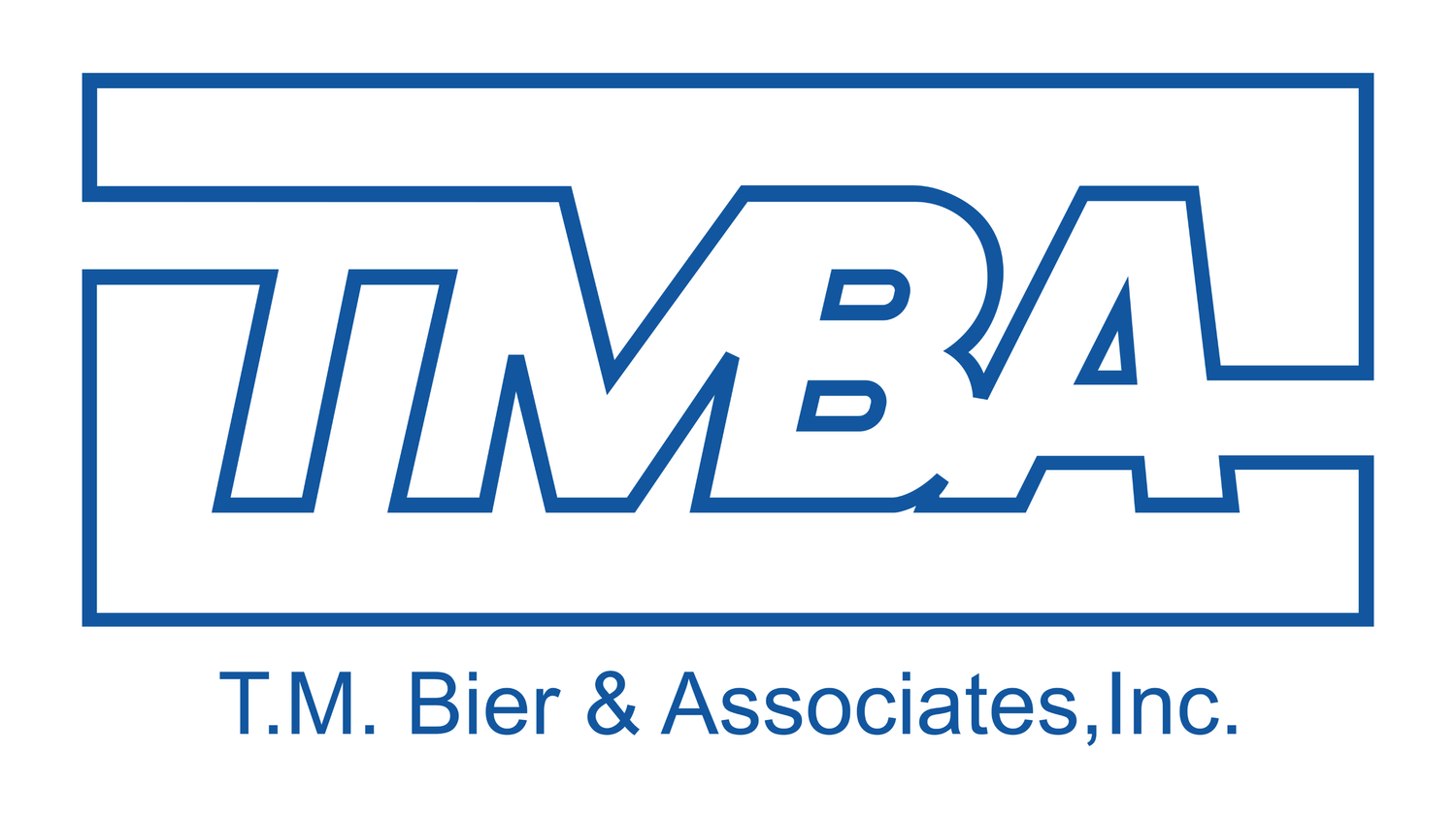The Advantages of In-House Fabrication for BMS Control Panels
When it comes to choosing a Building Management System (BMS) systems integrator, installer, or service provider, the decision is a crucial one. An essential factor to consider is whether the provider fabricates their BMS control panels in-house or outsources this pivotal task. T.M. Bier & Associates firmly advocates for in-house fabrication, especially when it comes to BMS control panels. In this blog, we'll explore the significance of BMS control panels, why in-house fabrication matters, and the benefits of choosing this approach.
What Is a BMS Control Panel?
A BMS control panel is the central nervous system of a building's automation and control system. It serves as the command center that oversees and regulates various systems within a structure, such as heating, ventilation, air conditioning (HVAC), lighting, security, and more. BMS control panels are equipped with advanced technologies and software that allow for the monitoring and management of these systems, ensuring they work in harmony to maintain occupant comfort, safety, and energy efficiency.
These panels are designed to:
Monitor Systems: BMS control panels continuously gather data from sensors and devices throughout a building, tracking variables like temperature, humidity, occupancy, and more.
Control Systems: They can remotely adjust settings, switch systems on or off, and respond to specific events or conditions to maintain the desired environment efficiently.
Provide Insights: BMS control panels offer real-time data and analytics, enabling operators to make informed decisions, optimize energy consumption, and detect issues before they become problems.
The Advantages of In-House Fabrication for BMS Control Panels:
Now, let's delve into the benefits of choosing a BMS service provider that manufactures these control panels in-house:
Quality Control: In-house fabrication allows for stringent quality control. Each BMS control panel is crafted to meet specific standards and customized to align with project requirements, ensuring reliability and longevity.
Customization: BMS control panel requirements can vary from one building to another. In-house fabrication permits customization to precisely match the project's unique needs, optimizing performance, energy efficiency, and system integration.
Responsiveness: In-house fabrication enhances the provider's ability to respond quickly to changes or unexpected issues, crucial for adhering to project timelines.
Expertise: With in-house fabrication, the provider gains comprehensive expertise in the intricacies of BMS control panels. This expertise translates into effective troubleshooting, maintenance, and support.
Quality Assurance: In-house production ensures consistent quality assurance, with panels crafted to established standards, providing a level of quality and reliability that can be challenging to achieve with outsourced production.
Efficient Communication: In-house teams benefit from efficient communication and collaboration, which is vital for streamlined project management, particularly in integrating BMS control panels into building systems.
Selecting a BMS service provider that conducts in-house fabrication of BMS control panels is a practical and reliable choice, rooted in numerous benefits that enhance building performance and energy efficiency. It's a decision that can make a significant difference in the success of your BMS projects.
Feel free to contact T.M. Bier & Associates to explore how in-house fabrication of BMS control panels can benefit your specific needs. Choosing a partner that prioritizes in-house fabrication is a decision based on practicality and reliability, ultimately contributing to efficient and sustainable building management systems that ensure occupant comfort and energy savings.









